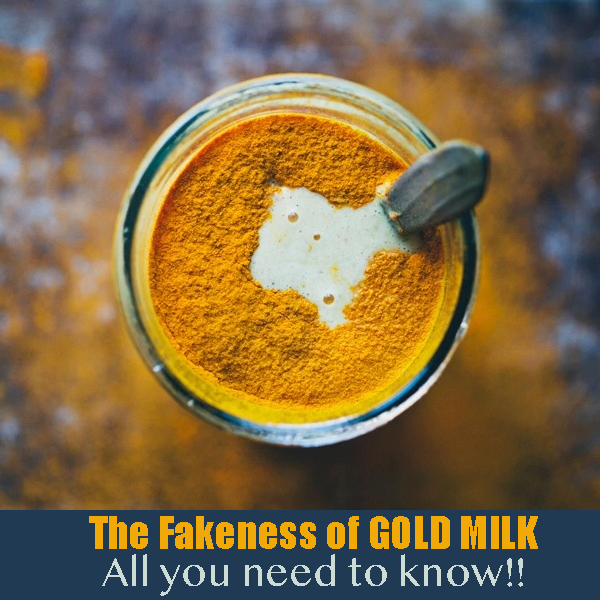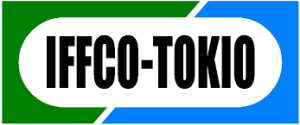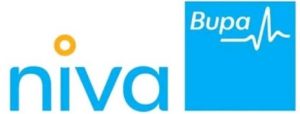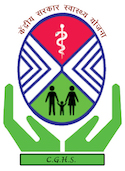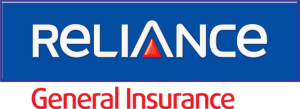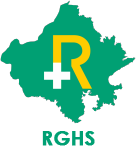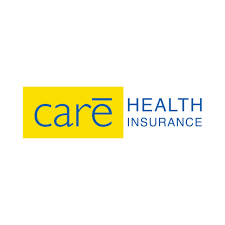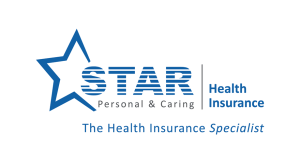The spinal column consists of 26 bones called vertebrae. In between each is a structure that we know as an intervertebral disc. This structure act as a shock absorber, with inner and outer portion. The inner portion is soft while the outer ring is tough. However, sometimes due to weakness or injury, the inner disc can herniate through to the outer portion. When a disc slips or herniates, it may compress one of the nerves emerging from the spine. This can result in numbness and pain along the area of the affected nerve. Here we will talk about Ayurvedic Treatment for slip disc.
Structure of the Disc
The disc is made up of an inner jellylike material called the nucleus pulposus, which is surrounded by a tougher outer layer called the annulus fibrosus. Between these layers are hundreds of collagen fibers that act as shock absorbers. The collagen fibers help to keep the intervertebral disc in place and also allow for some movement of the vertebrae. This can be important during activities such as bending over or twisting. The natural structure of the disc.
When a Disc Slips Out of Place
A slipped disc occurs when there is a tear or rupture in the annulus fibrosus allowing some of the nucleus pulposus to herniate through it. When this happens, pain and numbness can occur due to pressure on one or more of the nerves emerging from the spine. Depending on where the disc slips, there may be a pain in other areas of the body such as the legs or arms due to nerve compression.
Stages of Disc prolapse
Disc Desiccation
This is the foremost stage of disc problems in the spine. When nutrition doesn’t reach to the disc properly and it loses the water- we call it – desiccated.
Bulged Disc
The bulging disc is the stage where the outer layer of the disc weakens and fibers around it become loose; flattening the disc with loss of height and an increase in diameter.
Prolapsed disc
This is a condition where the outer layer of the disc, called the annulus fibers, cracks. The soft interior of the disc then starts protruding through this outer layer. When this happens, prolapsed part of the disc touches adjoining nerves which then causes pain and other associated symptoms.
Extruded Disc
Eventually, the nucleus pulposus starts to push through the outer layer of the disc and becomes detached.
Sequestrated Disc
In this stage, the free fragment of the nucleus pulposus (the innermost part of the disc) gets lodged in the spinal canal. This is a complicated stage and it needs immediate- surgical intervention.
Who is susceptible to getting a slipped disc?
Many doctors say that age is one cause of slipped discs. Also, smokers get them more often than nonsmokers because smoking makes disks lose their natural flexibility. Furthermore, overweight people are also more likely to suffer from a slipped disc because their disks have to support the extra weight.
Causes of Slip discs
- Physically demanding jobs that require lifting heavy weights
- Poor Posture
- Prolonged Sitting or Standing
- Aging
- Smoking
- Overweight
Symptoms of slipped discs
The symptoms of a herniated disc depend on which part of the spine is affected.
Symptoms of a Slipped Disc in Cervical Spine (Neck)
- Neck Pain
- Stiffness in the neck
- Restricted movements of the neck
- Stiffness in shoulders
- Radiation of pain in the upper arm or hands
- Radiation of pain in the chest and upper back near the shoulders
- Deteriorating pain at night
- Weakness in the hands and fingers
- A sensation of aching, and burning in the area of the nerve supply
Symptoms of Slipped Disc in the Lumbar Spine (Back)
- Low backache
- Pain on the sides of the back
- Sore back muscles
- Sciatica, pain radiates to the entire leg/legs
- Pain deteriorates after prolonged standing or sitting
- Inability to walk for short distances or sit for a few minutes.
- Numbness in lower limbs with muscular weakness
Treatment for Slipped Disc
A slipped disc treatment is designed to achieve three things-
- To relieve pain and other associated discomfort
- Putting back the disc in its space by restoring the natural alignment of the spine
- To completely avoid the recurrence of the slip disc.
Allopathic Treatment For Slipped Disc
The conventional way to fix this problem and relieve the symptoms is by using painkillers or traction. If less invasive treatments fail, such as epidural injections, the user might need surgery to fix the underlying issues. This could involve removing a protruding disc or increasing space for an emerging nerve, with or without fusing vertebrae together.
Limitations of allopathic treatment for slip disc:
The main problem is, the conventional, surgical approach to the treatment of slip disc doesn’t address the root cause of the problem. Even surgery doesn’t correct the disc, it only aims at removing the bulged part for pain relief.
Ayurvedic Treatment for Slip Disc:
If you are experiencing pain from a prolapsed or slipped disc, Ayurvedic methods may offer the relief you need. Ayurvedic Herbal medicines (which come in capsules, oils, decoctions, and tablets that can be taken orally or applied externally) can often be effective for patients with mild to moderate problems.
Panchakarma therapies derived from the Ayurvedic tradition, such as Abhyanga (medicated oil applications and massages), Kati Basti or Greeva Basti (pooling of oil on the back) Swedana (sudation therapy), and Shodana therapies (detoxification) using Basti or Nasyam, are used to heal chronic problems and those with the severe intensity of symptoms. In the case of back pain-related problems, these therapies would use Basti; in the case of neck-related problems, we use Nasyam. These techniques aim to relieve muscle spasms while also curing herniated disc issues. Read about Panchakarma Treatment for slip disc.
Yoga is the third to correct the alignment of the spine and to make “spaces” between the bones of the spine so that the slipped disc can settle down in its own space.
Treatment For Slipped Disc In Sukhayu Ayurved
At Sukhayu Ayurved, our team of experts offers able Ayurvedic treatments and a wide range of accompanying therapies. By scientifically incorporating yoga into the mix, we are able to provide more comprehensive healing for patients with disc prolapse. The arrangements given by Sukhayu Ayurved Hospital thus provide its patients with a one-of-a-kind advantage.
Not only are these treatments safe and effective for the patient, but they also avoid surgery. Moreover, because these treatments are natural and holistic, there is less chance of a recurrence of the condition.
At our clinical establishment, with over 18 years of experience, we provide an ideal atmosphere and natural ambiance for healing. Our unique individualized methods of Ayurvedic Treatment for Slip Disc have helped numerous patients get healed completely.
Ayurvedic Treatment for Sciatica
Why Sukhayu Ayurved
- Treatment at Sukhayu Ayurved aims at restoring the natural condition of your spine.
- We have done more than 20,000 cases of Slip discs in the last 18 years.
- Completely scientific treatment, well proven in MRIs too.
- The treatment we offer has been proven effective over time and is completely safe.
- The treatment is natural and scientific at the same time.
- There are the least chances of a recurrence, after the slip disc treatment at Sukhayu Ayurved
- Our patients are- professional players, gymnasts, and serving in the Indian Army after recovery.




